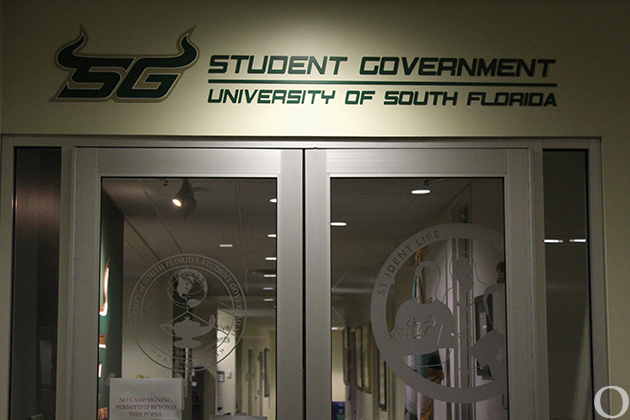Model for catastrophe
Residents of the Bay area may be breathing easier having largely escaped the wrath of hurricane Dennis, but the threat of a direct hit in the future is as real as ever.
According to Gary Vickers, director of Pinellas County Emergency Management, local damage from hurricane Dennis was minimal.
“There were a few electrical wires and transformers as well as tree damage from the storm,” he said. “The tornadoes from yesterday touched down primarily around the north end of St. Petersburg and there was some minor roof damage.”
But while residents of Tampa Bay and St. Petersburg are counting themselves lucky to have escaped the third major hurricane to travel through the Gulf of Mexico since last summer, experts are warning that the topography of the Bay area makes it extremely vulnerable to massive flooding if another powerful storm hits or even brushes the Bay area.
“I have been told by experts that because we have an extensive shallow bottom shelf, we have the potential for massive storm surge,” Vickers said.
Vickers’ concerns are echoed by Robert Weisberg, a professor in USF’s College of Marine Sciences. According to a computer-generated research model created by Weisberg, a powerful hurricane hitting the Bay area would have disastrous consequences.
“If a Category 4 storm of some size approaches Tampa or makes landfall north of the Bay or Indian Rocks Beach, there would be catastrophic devastation in Pinellas and Manatee counties,” Weisberg said.
Weisberg’s model depicts a category 4 hurricane with winds of 131 to 155 miles per hour heading toward Indian Rocks Beach and shows the effects of storm surge on neighboring areas.
According to an article on TampaBays10.com, the model shows a submerged MacDill Air Force Base, and the streets of downtown Tampa submerged under 10 to 15 feet of water.
Weisberg completed the model in 2003 and has subsequently used it to give a number of public lectures. He has also given a number of invitations out to Pinellas County administrators and emergency management and environmental personnel, as well as some members of Pinellas County government, he said.
However, Vickers hadn’t seen or read Weisberg’s work, but said he was interested in the model.
“The National Hurricane Center provides results of storm surge levels and then we give those results to the planning council, where they are turned into hazard maps,” Vickers said.
These estimates, which include allowances for tide levels, are then used to designate evacuation levels A-E based on storm surge. Level A evacuations are typically the result of Category 1 hurricanes where the water level can rise between 5 to 6 feet. Category 5 hurricanes necessitate level E evacuations where the water can rise to more than 25 feet above sea level.
Vickers then works with about 25 different state bodies to come up with a consensus recommendation that will inform county commissioners about the threat level of an incoming storm so that surrounding areas can coordinate evacuation efforts.
Vickers also said that the committee briefs county commissioners on the latest information and takes part in discussions, leaving the final decision for evacuation up to the commissioners.
“They are the ones who have the authority to declare a state of local emergency,” he said.
While recognizing the need for caution, Weisberg said that the systems used by the media to estimate storm surges failed to include all the factors necessary to give accurate forecasts.
Weisberg added that too many hurricane evacuations would cause complacency in the public.
“If I’m advised that a hurricane is a direct threat and I’m advised to leave and then that advisory proves false, I may not believe emergency management the next time around,” he said. “I believe it’s critical to explain why things happen or don’t happen, so that in the event a major storm comes through the same area a second time, everybody listens.”





